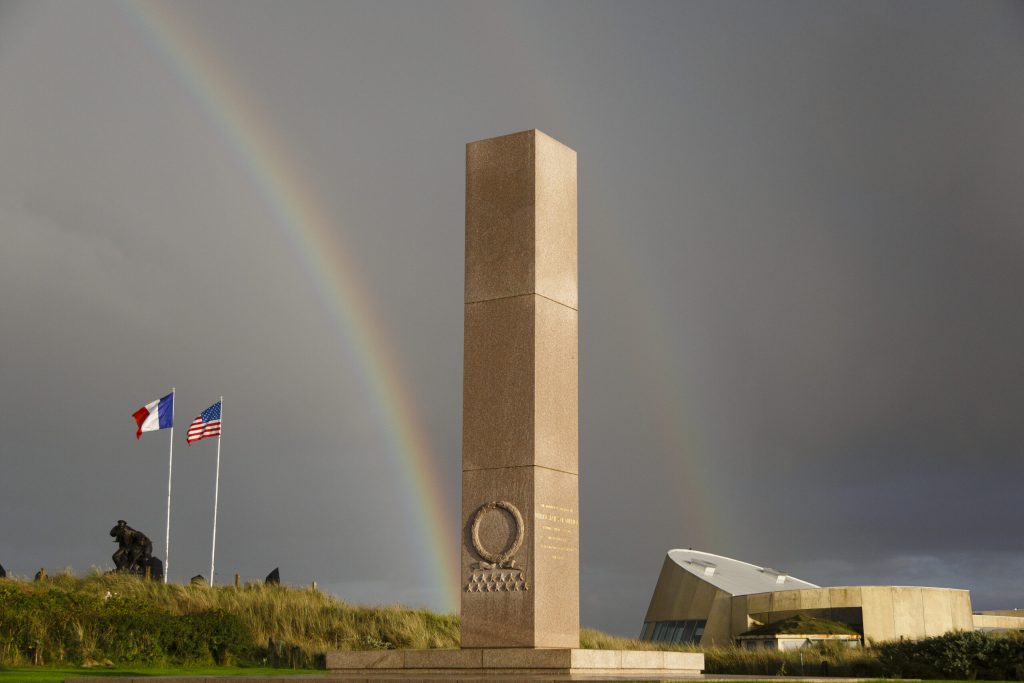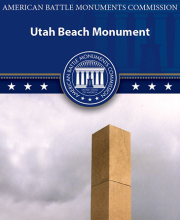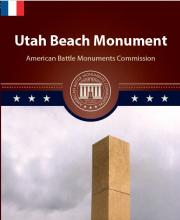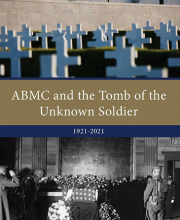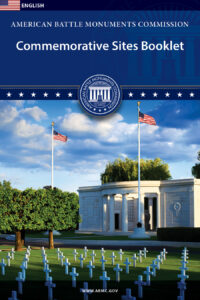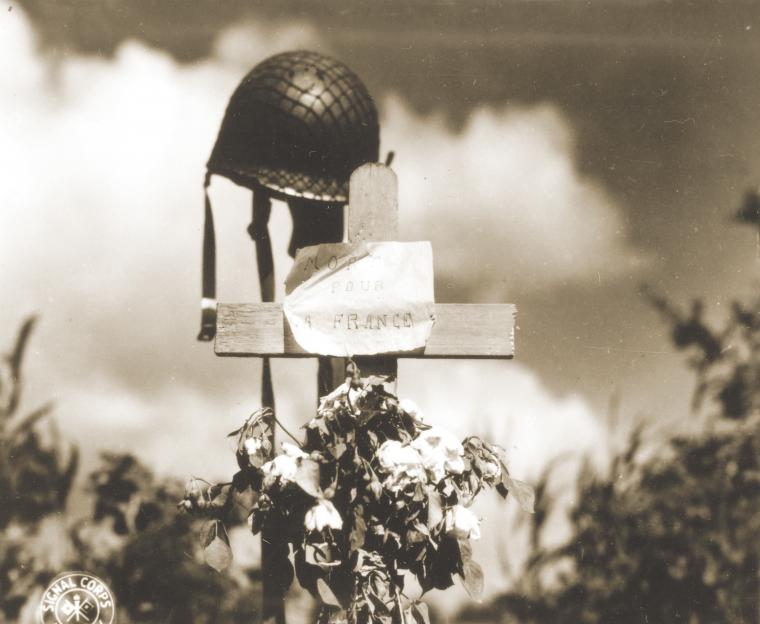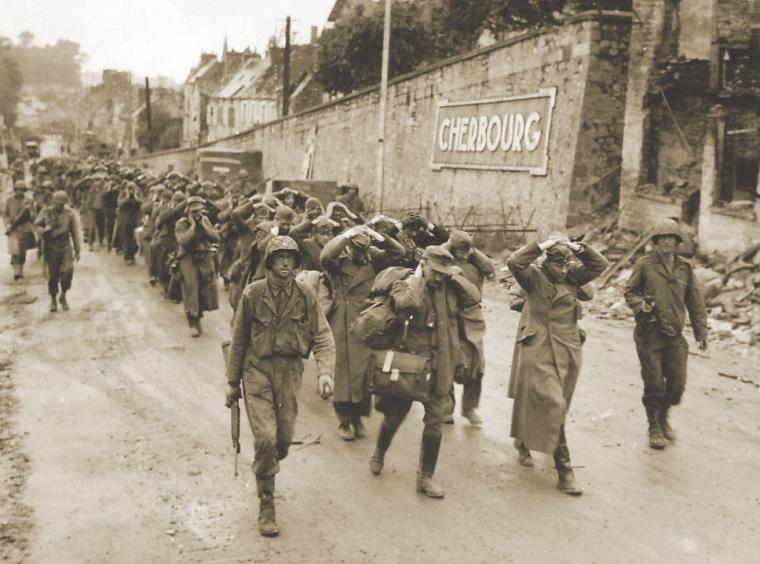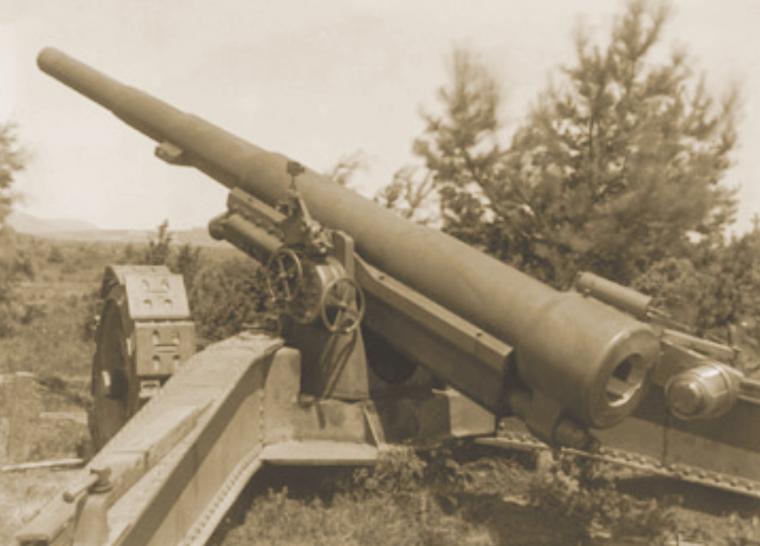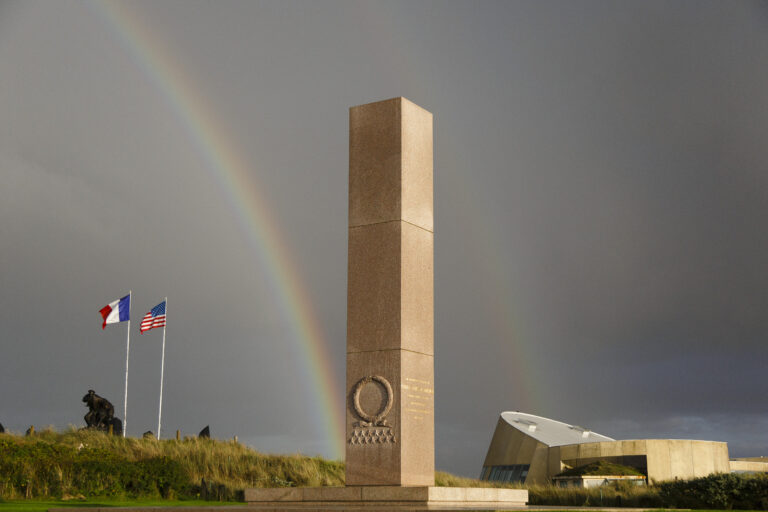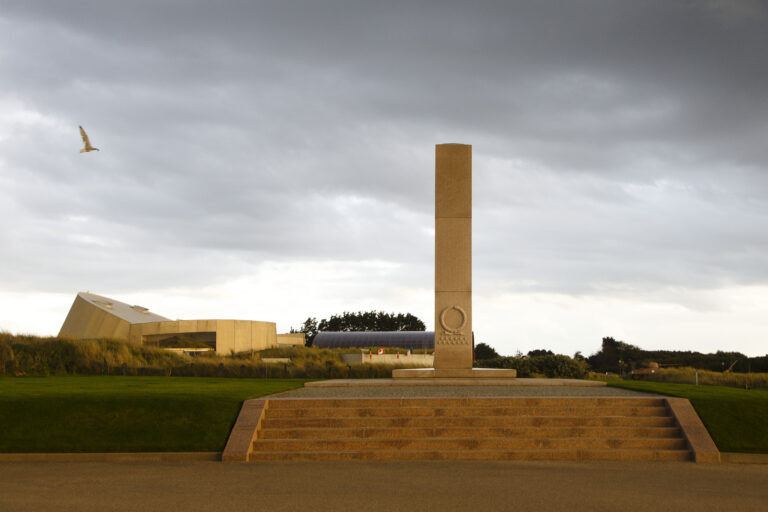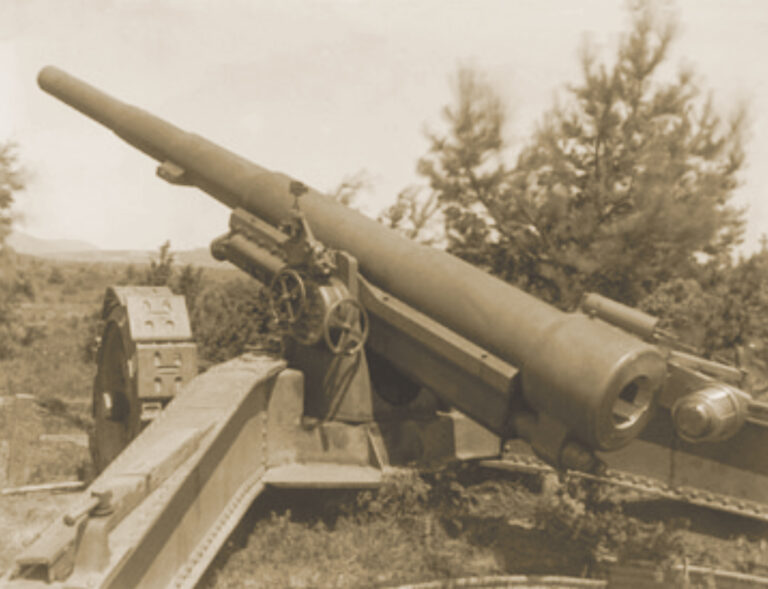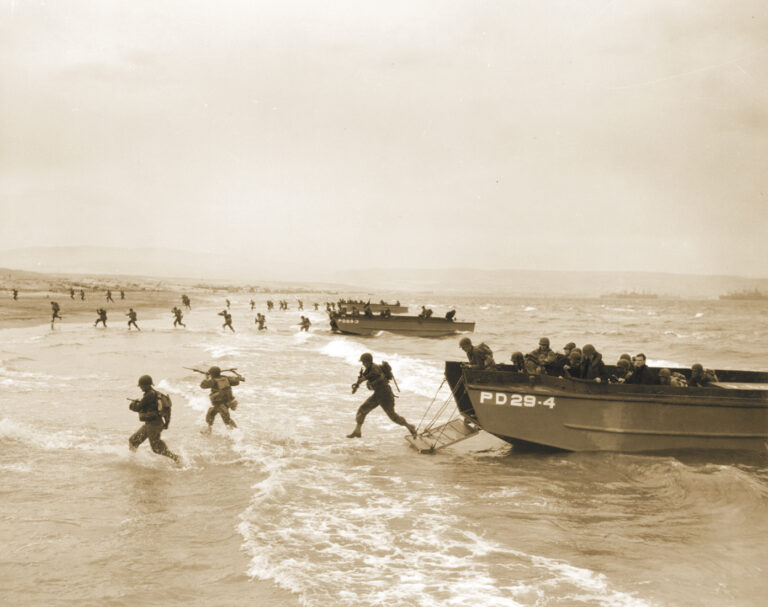The World War II Utah Beach American Memorial commemorates the achievements of U.S. VII Corps forces that landed and fought in the liberation of the Cotentin Peninsula from June 6, 1944 to July 1, 1944.
The monument is a red granite obelisk set in a small park overlooking sand dunes of the historic site.
VII Corps units landed by air and sea to pursue three missions: expand the Allied beachhead, seal off the Cotentin Peninsula, and thrust northward to liberate Cherbourg. The Utah Beach terrain differed from other invasion beaches. Its dunes were relatively shallow, followed inland by expanses of flooded and marshy terrain crossed by narrow causeways.
German defenses included multiple obstacles along the beaches, plus infantry and artillery capable of blocking exits inland. The Germans also reinforced their units throughout the Cotentin Peninsula and enhanced fortifications around Cherbourg.
 An official website of the United States government. Here's how you know.
An official website of the United States government. Here's how you know. 